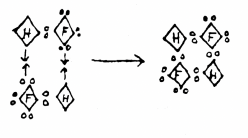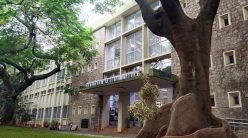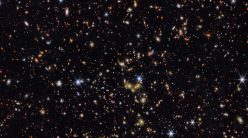The photos here are part of a series marking IISc’s 110th anniversary.
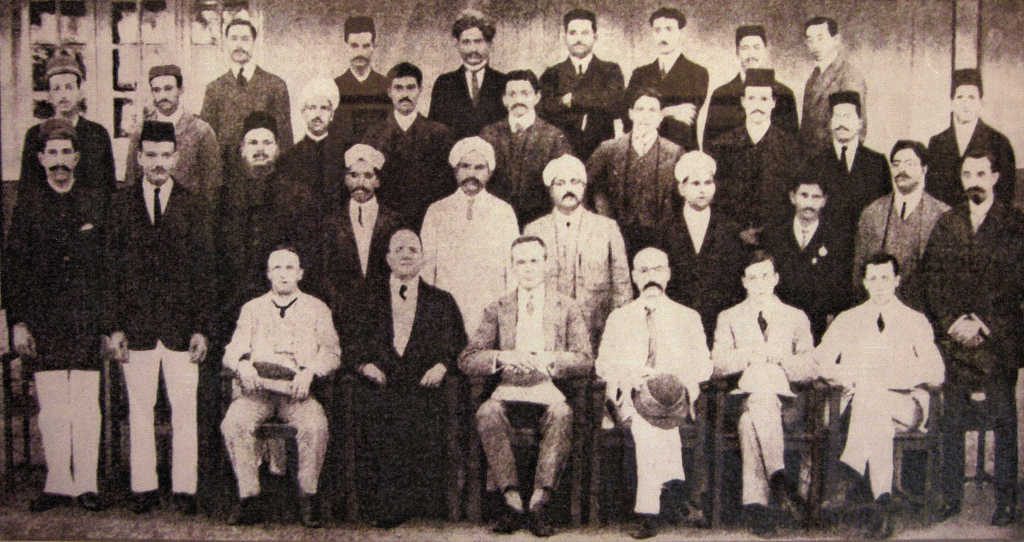
When IISc opened its doors to students in 1911, over 500 applications were received. Of these, only 34 students were selected to join the departments that existed then – General & Applied Chemistry, Organic Chemistry, and Electrical Technology – though not all of them ended up joining. The students can be seen in the photograph taken in 1912. It also has Morris Travers (seated, centre) and other faculty members.
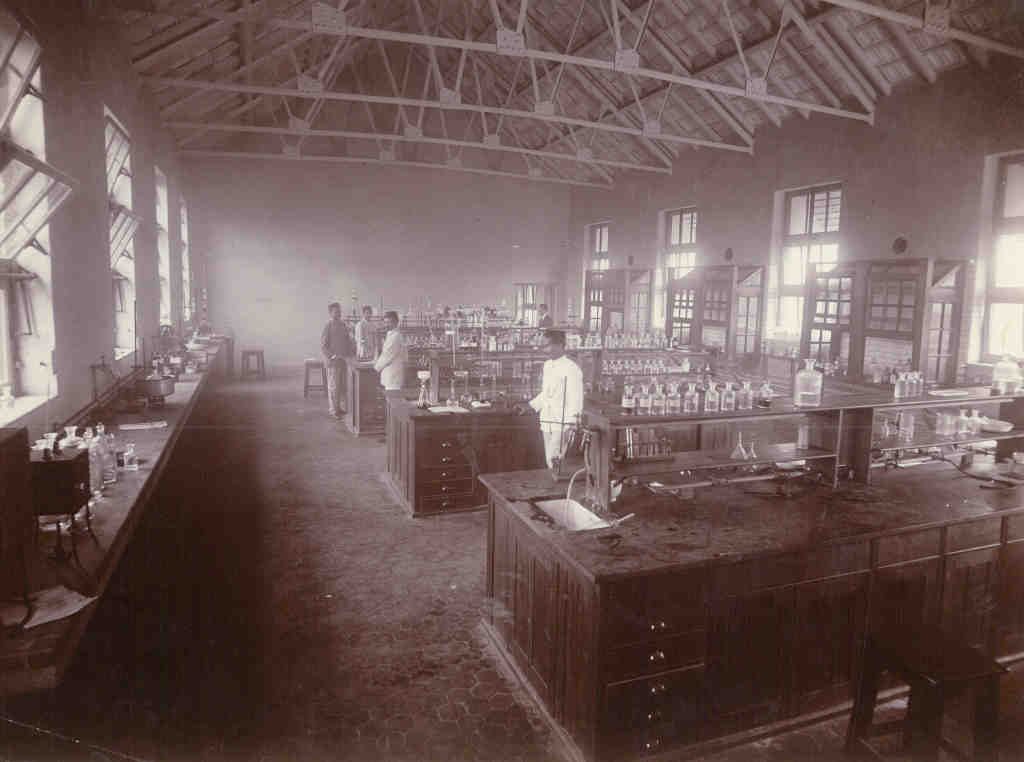
The Departments of General and Applied Chemistry were the first to be set up in IISc along with Electrical Technology (Organic Chemistry started a few months later). General Chemistry was headed by Travers, who oversaw the setting up of the lab seen here (c. 1913). While it initially functioned from the Main Building, General Chemistry later got a separate building to its east.
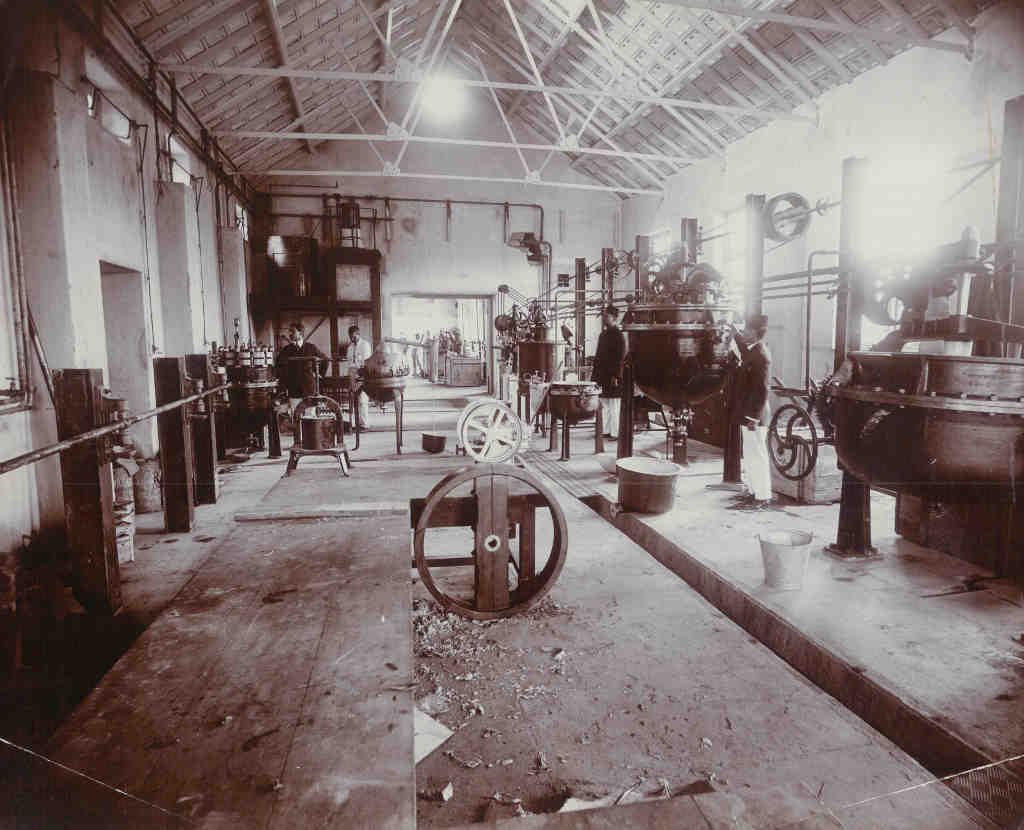
The machine room of the Department of Applied Chemistry (c. 1913). Norman S Rudolf was appointed as Professor in the department. Rudolf is credited with designing the labs of Applied Chemistry, which got its own building south-east of the Main Building.
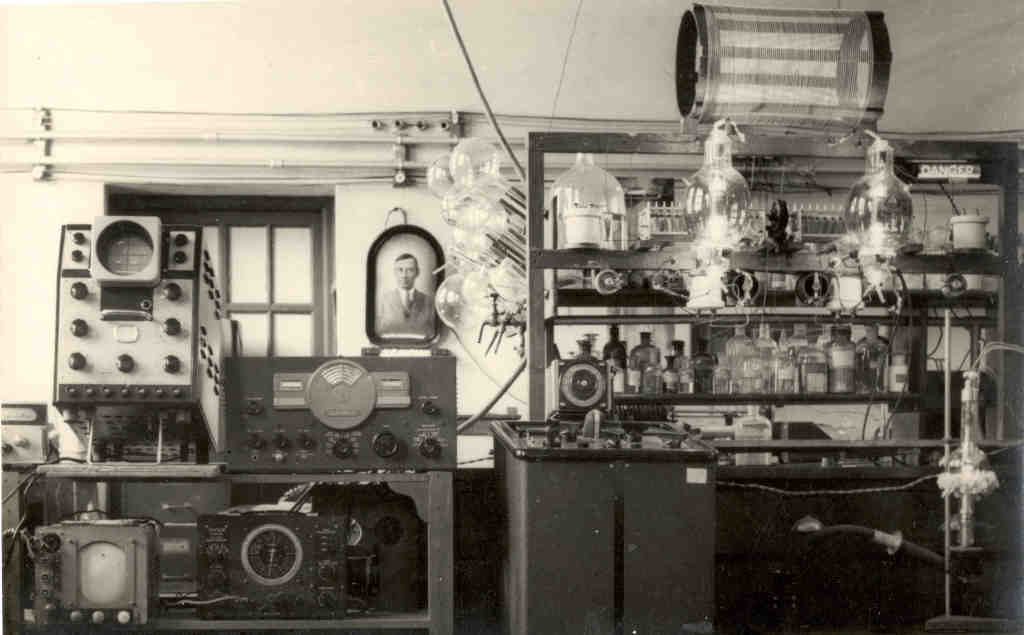
The lab of HE Watson, who was hired as Assistant Professor in the Department of General Chemistry.
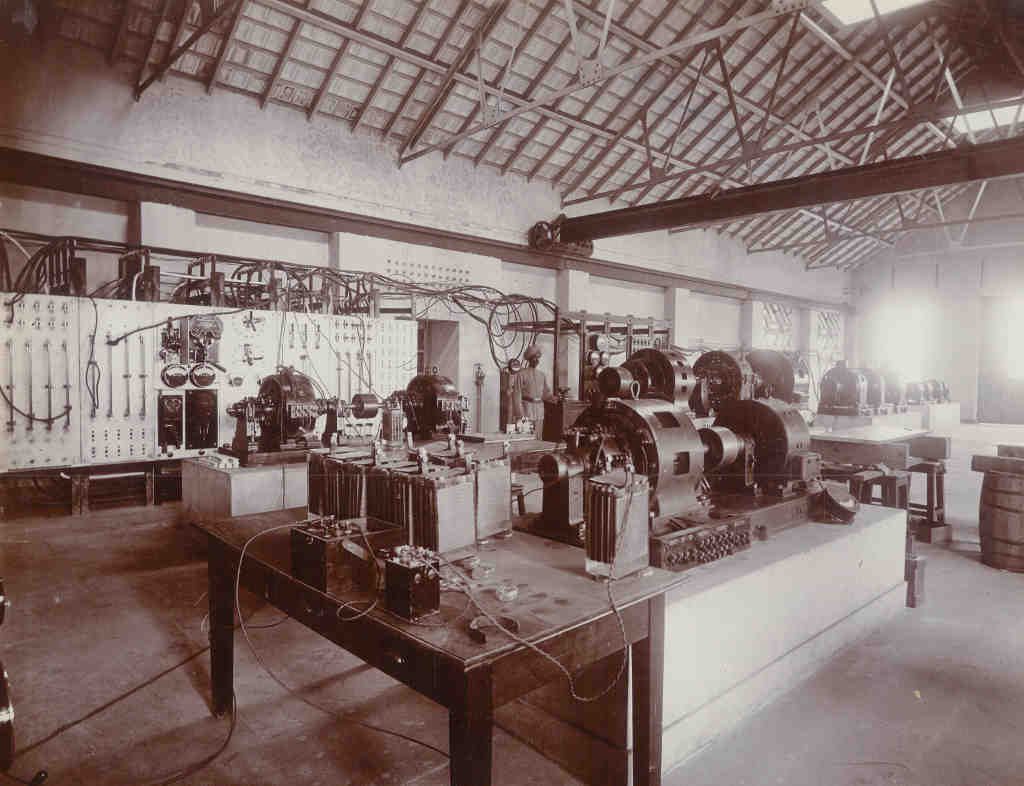
The machine room of the Department of Electrical Technology headed by Alfred Hay from around 1913. Hay also designed the machine room which measured 70 ft by 30 ft. This department was built west of the Main Building. It later became the Department of Physics and now houses the undergraduate labs.
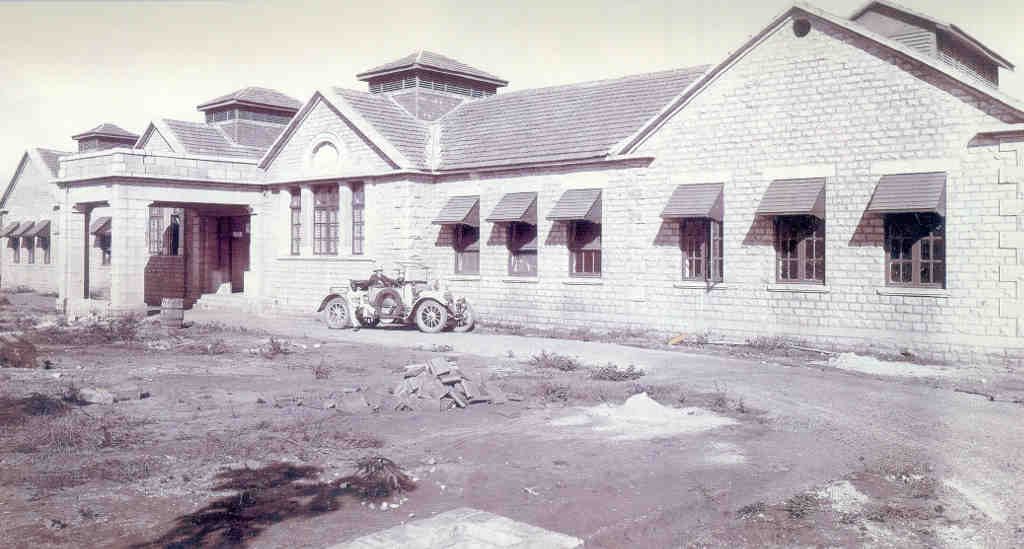
The Department of Biochemistry, which was established under Gilbert J Fowler in 1921.
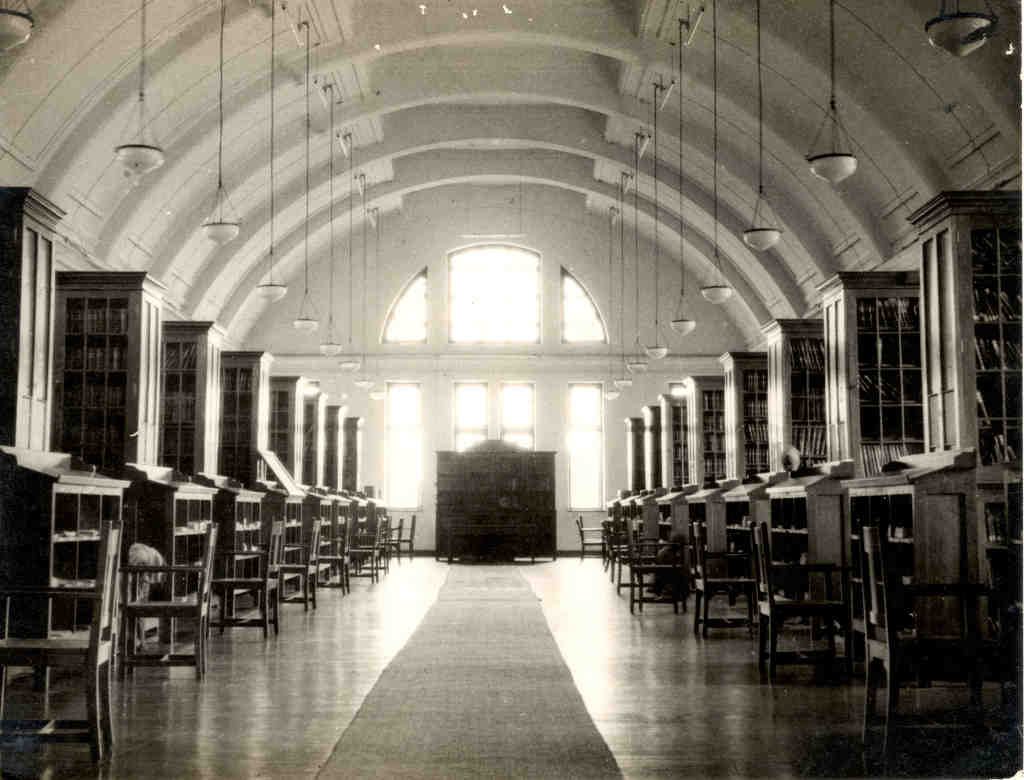
The library took up most of the first floor of the Main Building. It was built to hold more than 60,000 books and journals. The first librarian was CFH Tacchella from Trinity College, Dublin, who also taught students French and German. This part of the library is now the Reception Hall.
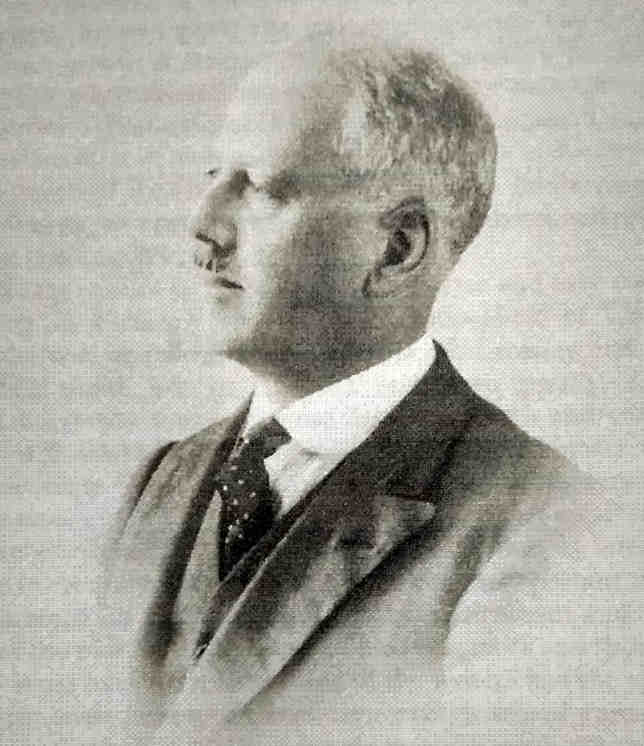
Sir Martin O Forster, a chemist like his predecessor Morris Travers, became Director in 1922. During his directorship that spanned over a decade, several new courses and research programmes were initiated. He also ensured adequate funds for campus amenities for sports and physical fitness.
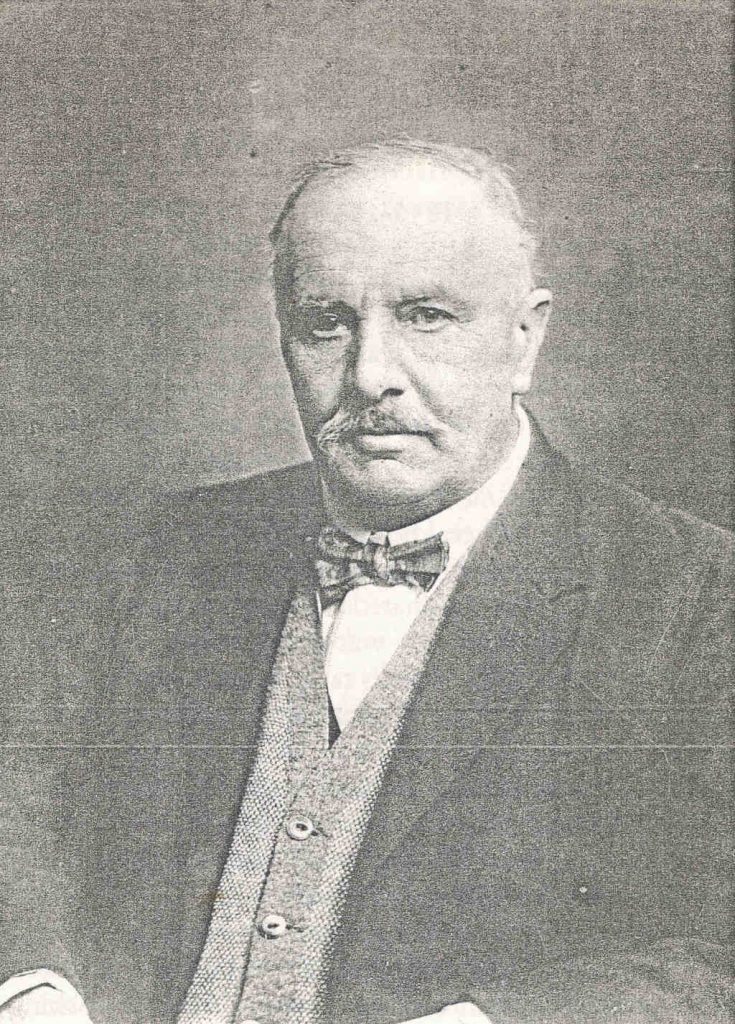
Sir Alfred G Bourne, a zoologist, succeeded Travers as Director in 1914. This was a challenging period for the fledgling Institute, compounded by the outbreak of World War I. Even when there was enormous pressure on IISc to focus on applied research, Bourne emphasised the value of research in basic sciences.
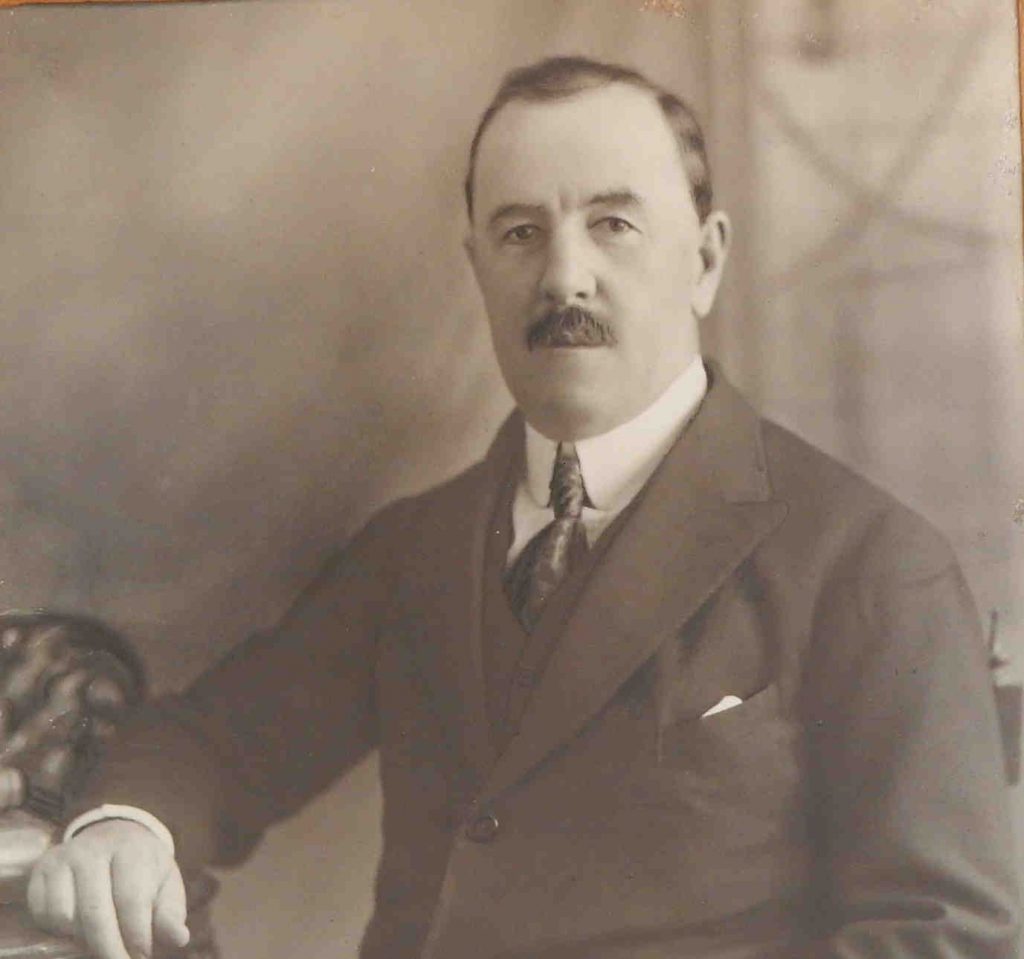
Gilbert J Fowler, known for his work on the activated sludge process of sewage treatment, was appointed as Chair of Applied Chemistry in March 1916. In 1921, he became the Chair of the newly created Department of Biochemistry. Besides sewage treatment, he studied fermentation of mahua flowers for alcohol production and manufacture of acetone from jawari for use in ammunition.
For more in this series, click on the links below:


